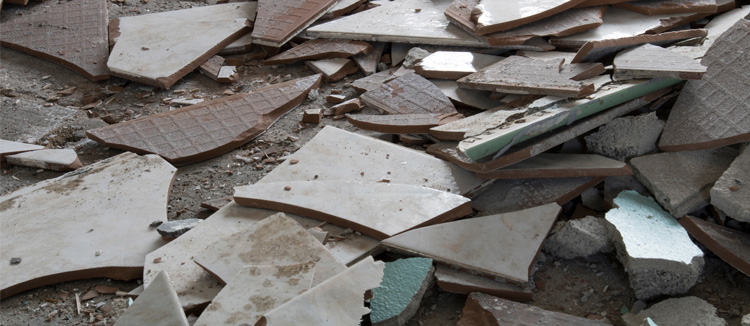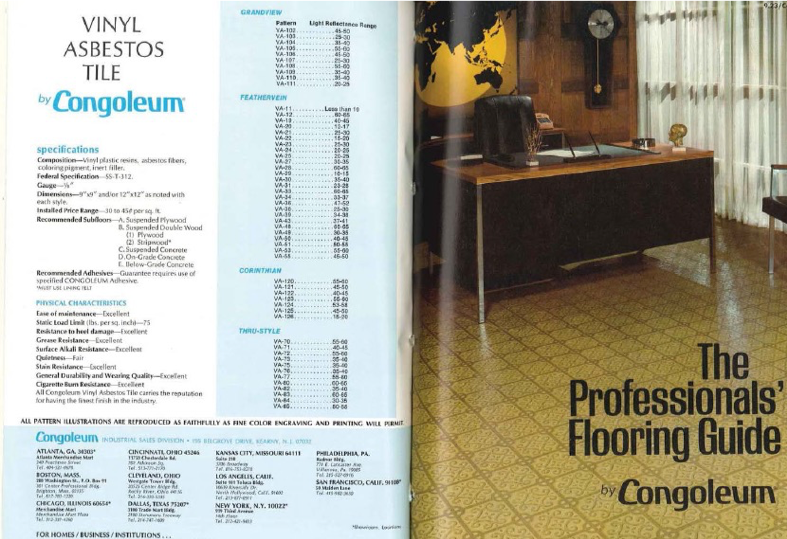Get A Free Legal Consultation
- We fight to maximize your results
- Many clients get results in as few as 90 days
- No out-of-pocket costs for you or your family






Vinyl tile and sheets are popular options for flooring, and they have been for decades. The difference between new vinyl or tile floors installed today versus 50 years ago, however, can be a matter of life or death. That’s because vinyl-asbestos floor tile, asphalt-asbestos floor tile and sheet vinyl flooring backed with asbestos-containing felt were commonly used up until the 1980s.
Call (800) 326-8900 now to see if you may qualify for compensation from an asbestos lawsuit. For over 25 years, Simmons Hanly Conroy has fought for thousands of patients and their families nationwide.
Due to its durability and resilience, asbestos flooring was installed on concrete or prepared wood floors, or over old tile floors, and was often specified for high traffic areas – i.e. kitchens, restrooms, entry ways, commercial plants, offices and stores. This popular tile flooring was made of raw asbestos fibers along with various binders, fillers, pigments, resins and chemical stabilizers.
Vinyl asbestos tile (also known as VAT) was a resilient material often in a 9-by-9-inch size with a speckled pattern. Mixing into the flooring increased its durability and strength. This flooring was frequently glued in place in high traffic areas of homes and businesses, and it was ubiquitous from the 1950s to the 1980s.
Sheet vinyl backed with asbestos was applied to subfloor surfaces in roll or sheet form. The sheet backing or flooring felt was an asbestos containing paper product (composed of raw asbestos and a latex binder), which formed the underlayment of the sheet vinyl flooring.




When undisturbed, asbestos flooring poses fewer health risks, but there is no safe level of asbestos exposure. It’s when the particles are handled or disturbed in any way that they can become dangerous. This means asbestos sheet vinyl and asbestos vinyl tiles could be the most dangerous when being installed or being removed.
In either case, high-risk exposure activities with asbestos flooring include:
At a time when the public wasn’t particularly familiar with the scientifically-proven link between asbestos exposure and mesothelioma and other asbestos-related diseases, many manufacturers were aware. Yet those manufacturers chose to continue producing the asbestos flooring products, marketing them widely and exposing thousands of people to the deadly fibers. People at risk of exposure range from construction workers, general contractors and flooring installers, to the everyday American simply working on a home renovation project.
Known manufactures of asbestos-containing flooring products included:


Our mesothelioma law firm has recovered billions in verdicts and settlements on behalf of thousands of clients throughout the United States. For more information about asbestos exposure, mesothelioma and how Simmons Hanly Conroy can help you or your family get the justice you deserve, Contact Us today.